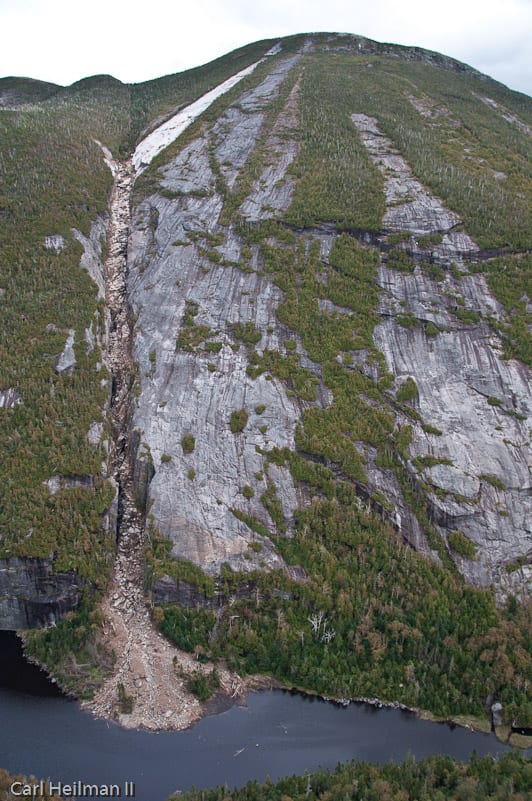Last weekend, as a class, we went to Essex Farm in the
Adirondacks. Mark Kimball guided us around the farm he owns with his wife, on
the self proclaimed “fingernail tour” (if the farm was a body then we glimpsed
the tip of the fingernail). After some jumping jacks and several quick pushups,
Mr. Kimball felt we were ready to take advantage of our slim hour and a half. Even
with the repeated prefacing from professor Dash of his eccentricities, I don’t
think any of us could have remotely predicted how our day would end up. Running
a farm like Kimball does, as in natural, diverse, and highly successful,
requires dedication, something I don’t think anyone would take away from him.
The tour we were taken, however, dealt less with the intricacies of owning and
running a farm, and more to do with the answering the question of why bother in
the first place.
While fully elaborating on our small adventure with Mark Kimball
would take too many words for this blog post, I think it can be somewhat encapsulated
with: “weird!” As I would guess he might even note, the word weird carries with
it a potentially unmerited negative connotation. But to be weird is to stray
from what is expected, or to stray from normalcy. Ultimately, I think many of
us recognize the fundamental value in not always going with the grain; value exists
in looking at things differently, trying to evaluate them for what they are
rather than how they are commonly perceived, and I believe that was at the core
of Mark’s message.
I waited a week to write this about Essex Farm because I wanted
to think about it longer. And while I may have forgotten more of the details,
the ideas have still resonated deeper. However subtle it might be, I think
meeting the wacky farmer Mark Kimball had an impact on me and especially the
way I think about farming. I’m not sure those thoughts are fully developed yet,
but for now have been at least inspiring enough to think about reaching out to him for
potential work in the future. Fresh maple
syrup yogurt doesn’t hurt either.









